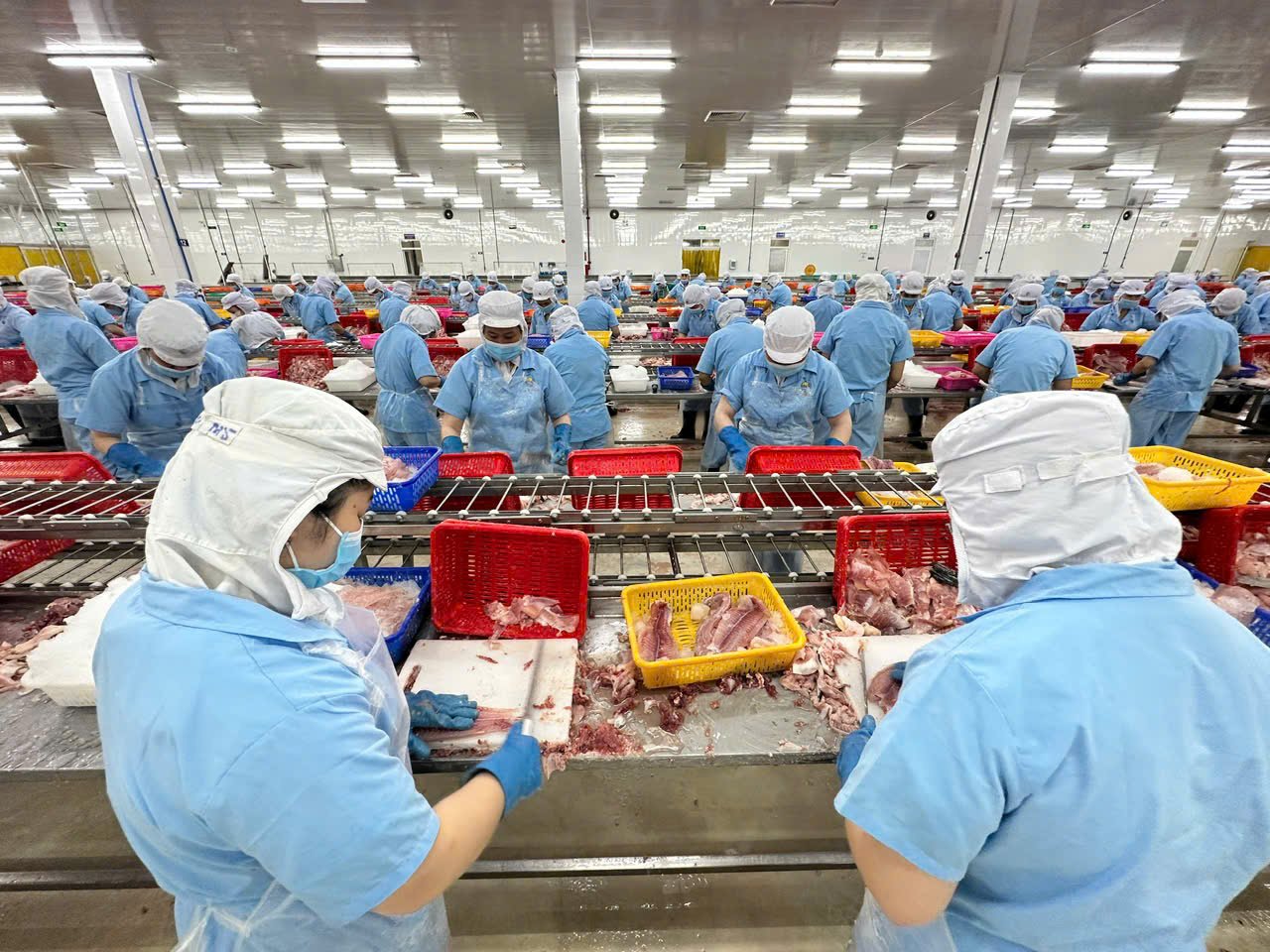
Join hands to create new momentum
After being heavily affected by the COVID-19 pandemic, Ho Chi Minh City has made a spectacular recovery, with a GRDP growth rate of 7.17% in 2024 and a trade and service sector increase of over 10%. In the first 9 months of 2025, total retail sales of goods and consumer service revenue reached over 1.4 million billion VND, up 15.3% over the same period; industrial production index increased by 16.8%; key industries increased by more than 11%; labor index increased by 3.2%.
Currently, the city has more than 350,000 operating enterprises, accounting for nearly 1/3 of the country. Of which, the private sector contributes over 60% of service revenue, over 50% of corporate profits and employs over 80% of social workers. According to experts, this is the force that "keeps the rhythm" for Ho Chi Minh City's economy, playing a spreading role from creating jobs, nurturing the budget to affirming the international brand.
Mr. Nguyen Ngoc Hoa, Chairman of the Ho Chi Minh City Business Association (HUBA), said that the merger has created a “new development space” with unprecedented scale and influence. Ho Chi Minh City is now a super city that fully converges the elements: the commercial - financial - technical core of the old city; the industrial production “capital” of Binh Duong and logistics infrastructure, strategic seaport of Ba Ria - Vung Tau . The three combined energy regions will create a big boost for the private economy and the entire city.
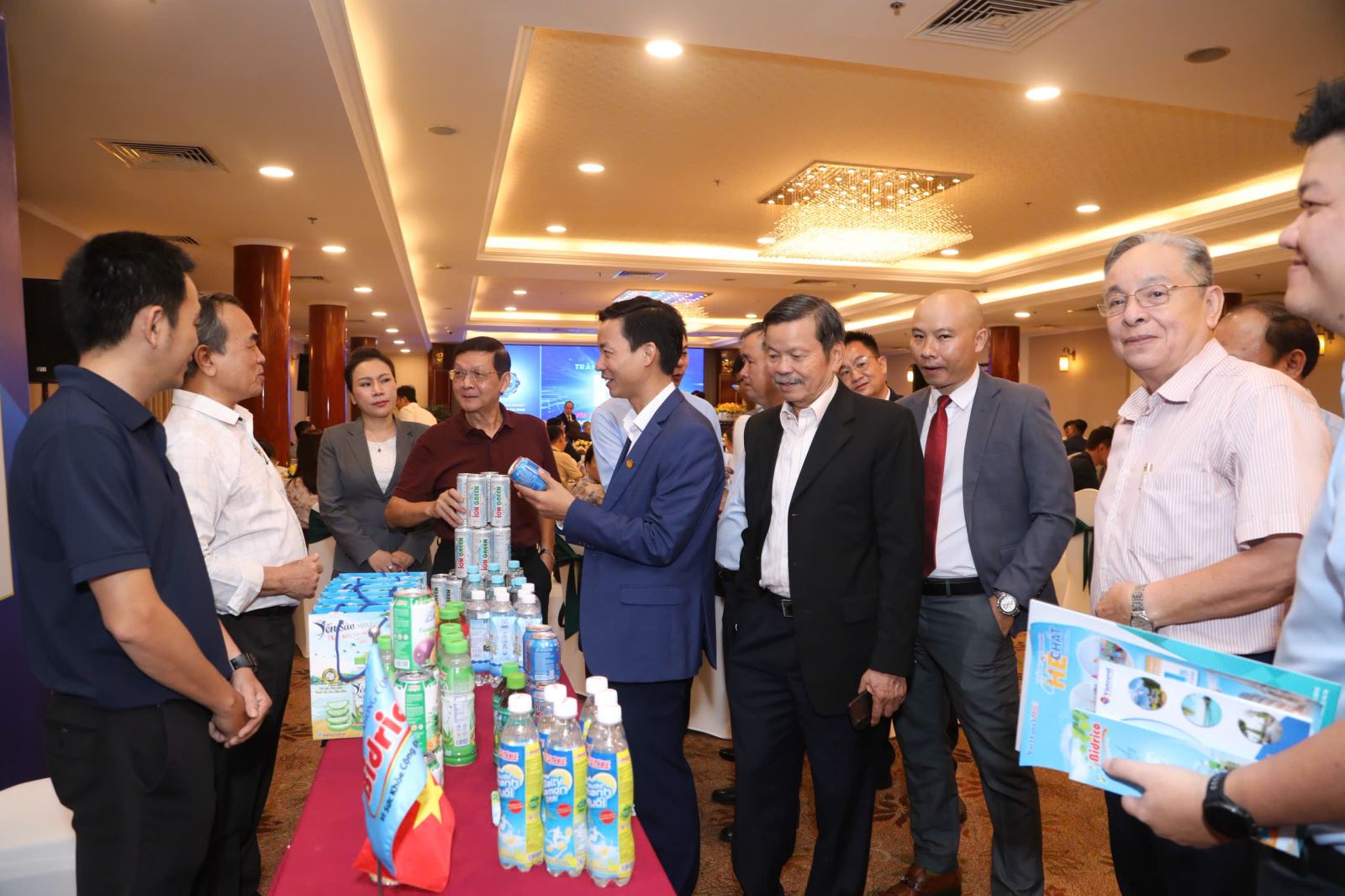
According to Mr. Hoa, Resolution 68 of the Politburo on private economic development and Resolution 98 on specific mechanisms for Ho Chi Minh City (being revised) are the "double launch pad" to help the city's businesses reach regional levels, access large resources and participate deeply in the global value chain. HUBA is also merging three business associations of Ho Chi Minh City, Binh Duong and Ba Ria - Vung Tau to form a unified representative organization, creating resonance strength and a common voice for the business sector of the Southern key economic region.
“Previously, private enterprises were confined to the inner city; now they can set up factories in Binh Duong, export goods through Ba Ria - Vung Tau port but still keep the brand, finance and design center in Ho Chi Minh City. This is the golden time for enterprises to break through and create greater value for the economy,” Mr. Hoa added.
Sharing the same view, Mr. Phan Minh Thong, Chairman of the Board of Directors of Phuc Sinh Joint Stock Company, said that Ho Chi Minh City has all the conditions to become an international agricultural commodity trading center, especially when the International Financial Center is formed.
“Vietnam is a leading exporter of rice, coffee, pepper, etc., but transactions are still not on the floor and are not transparent. When there is a commodity floor in the Financial Center, we will connect the agricultural market of the Central Highlands and the Mekong Delta with the logistics system and seaports in the South, connecting global investors,” said Mr. Thong.
According to Mr. Phan Minh Thong, the commodity market has a similar operating mechanism to the stock market, but is linked to real goods, circulating capital and products on a global scale. If implemented properly, Ho Chi Minh City can become a regional commodity center, contributing to increasing the value of agricultural products, ending the situation of "good harvest, low price", and creating tens of thousands of new jobs.
Investment in science and technology
The draft Political Report submitted to the 1st Ho Chi Minh City Party Congress (2025-2030) identifies rapid and sustainable economic development on the basis of science and technology, innovation, digital transformation and comprehensive green transformation. Accordingly, the City sets a target of average GRDP growth of 10-11%/year, restructuring the economy towards developing high-tech industry, high-quality services, finance and logistics as pillars.
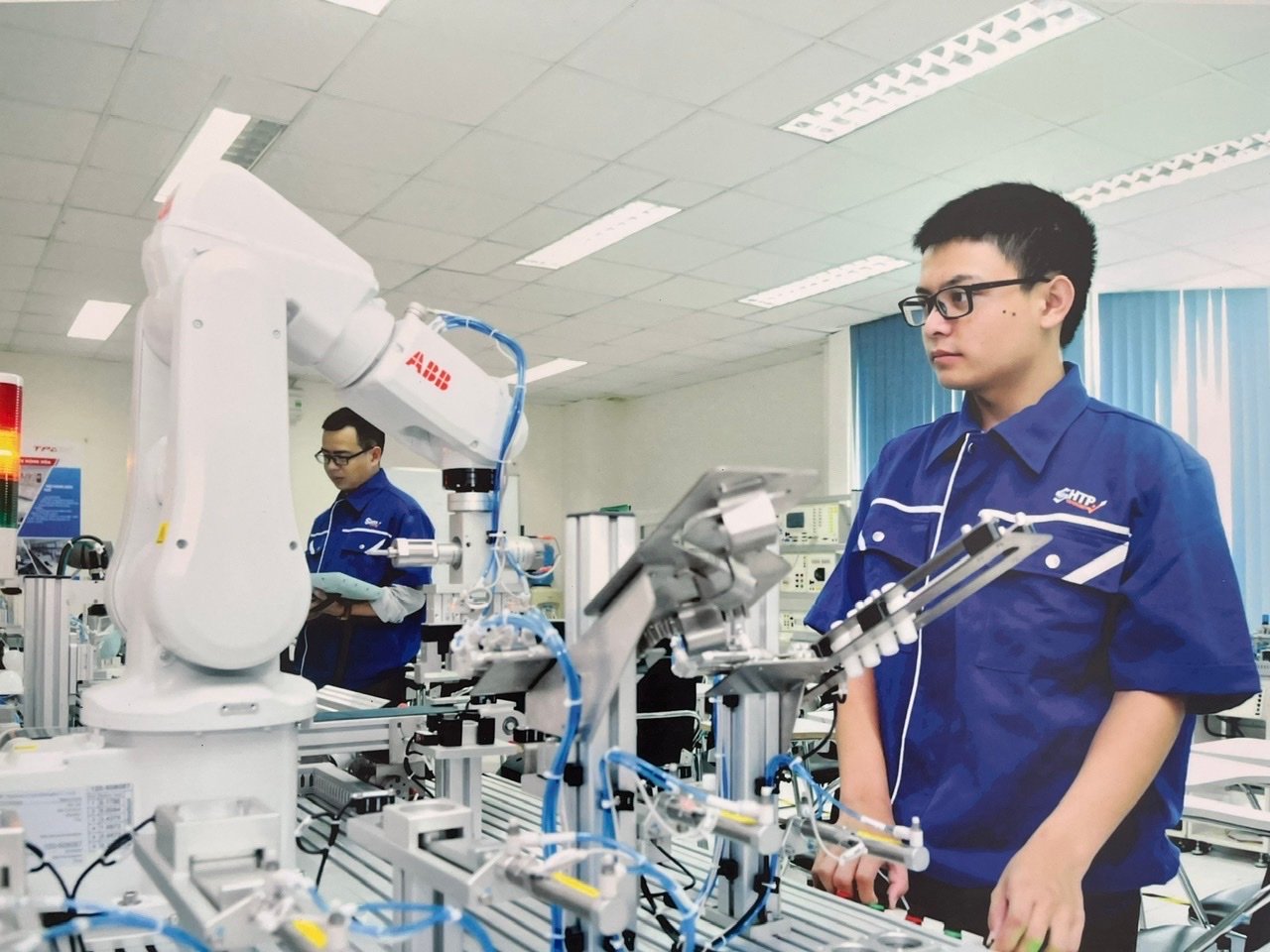
According to Mr. Nguyen Ngoc Hoa, the notable thing in the draft is the City's commitment to "putting enterprises at the center of the development ecosystem", demonstrating new thinking in urban governance, promoting innovation and attracting socialized investment.
“We believe that when specific mechanisms and action programs are issued, businesses will have great opportunities to develop, contribute more to the budget and increase growth quality,” Mr. Hoa shared.
Another highlight in the coming term is the implementation of the Ho Chi Minh City International Financial Center, which is considered the “second innovation” of the City. The project not only creates economic momentum but also affirms Vietnam’s position on the regional financial map, attracts high-quality capital flows, promotes the development of financial technology (Fintech), digital economy and green economy.
At the same time, the City will focus on completing regional connectivity infrastructure, developing smart logistics and Cai Mep - Thi Vai - Can Gio seaport according to the "digital super port" model; promoting cultural industry and night-time economy; forming a center for innovation in culture - art and digital content; completing the National Sports Complex and the National Historical - Cultural Park, creating a driving force for comprehensive development of both economy and society.
According to economic experts, with a scale of 6,773 km² after the merger, Ho Chi Minh City has favorable conditions to plan an integrated urban area, connecting multiple centers. The connection between industrial, service and marine urban areas will help the City not only play the role of a domestic economic locomotive but also become a leading commercial, financial and logistics center in Southeast Asia.
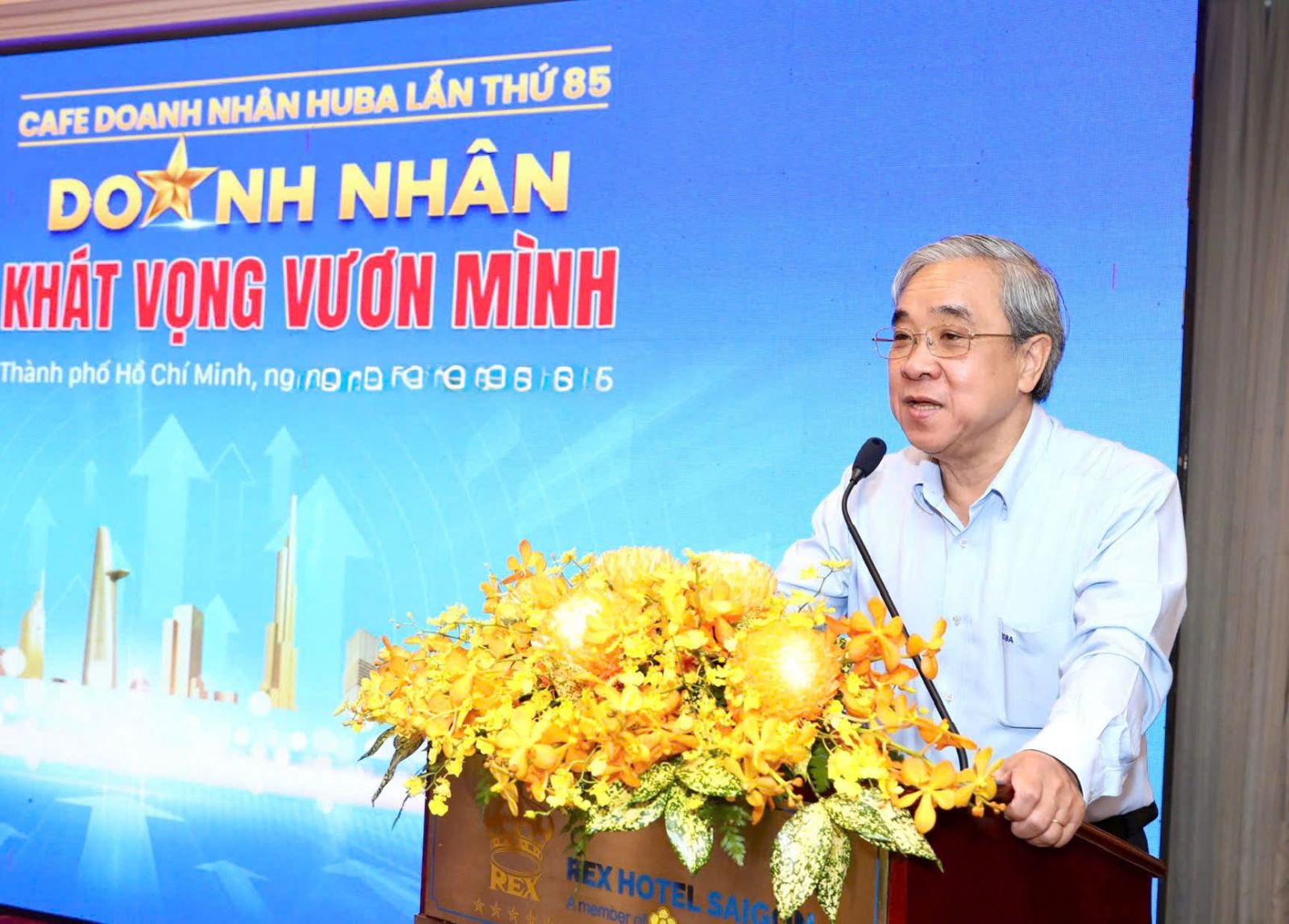
Dr. Tran Hoang Ngan, economic expert and former Director of the Ho Chi Minh City Institute for Development Studies, said that to achieve major goals in the new term, Ho Chi Minh City needs to continue promoting the spirit of "dare to think - dare to do", along with creating a flexible implementation mechanism and improving the investment environment.
“To develop breakthroughs, the City must choose core projects to create spillover effects. In particular, it is necessary to invest heavily in regional transport infrastructure, build high-quality human resources and promote digitalization of public services so that businesses and people can truly be better served,” Mr. Hoang Ngan added.
According to Mr. Tran Hoang Ngan, if the City turns the orientations in the draft political report into concrete actions, with the spirit of companionship between the government and businesses, Ho Chi Minh City can completely achieve double-digit growth and become a model of creative urban governance and sustainable development for the whole country.
Besides the achievements, Ho Chi Minh City still faces difficulties. Specifically, the private economy has not developed, the number of dissolved enterprises has increased, the number of new enterprises has decreased; some communes and wards still have limitations in implementing the 2-level government model, and lack of specialized staff, leading to a hesitant mentality and reluctance to do things.
To achieve the growth target of over 8.5% in 2025, Ho Chi Minh City has launched a special emulation campaign to welcome the 14th National Party Congress, accelerating the completion of targets and focusing on overcoming bottlenecks. The city has also established working groups to strengthen and dispatch professional staff from departments and branches to the grassroots to provide direct support, helping to significantly improve the disbursement progress, while continuing to remove difficulties for businesses, promoting production and business, creating momentum to successfully complete socio-economic development tasks in 2025.
Source: https://baotintuc.vn/tp-ho-chi-minh/doanh-nghiep-ky-vong-cu-hich-moi-cho-tp-ho-chi-minh-sau-hop-nhat-20251011132748981.htm


![[Photo] Discover unique experiences at the first World Cultural Festival](https://vphoto.vietnam.vn/thumb/1200x675/vietnam/resource/IMAGE/2025/10/11/1760198064937_le-hoi-van-hoa-4199-3623-jpg.webp)







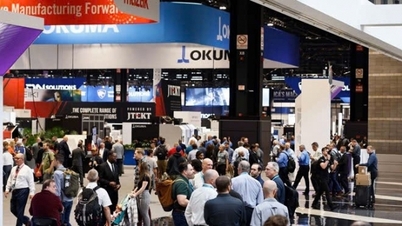

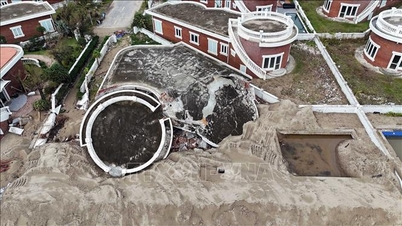
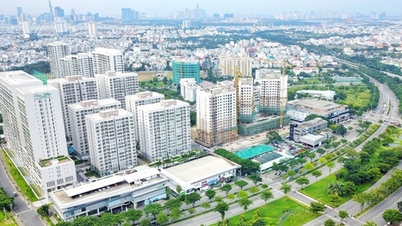

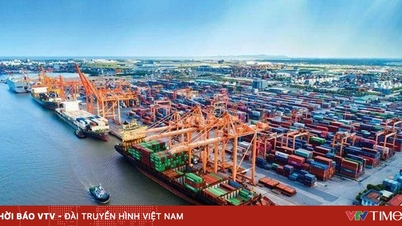



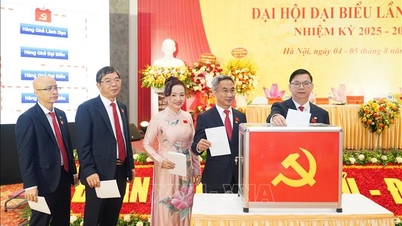




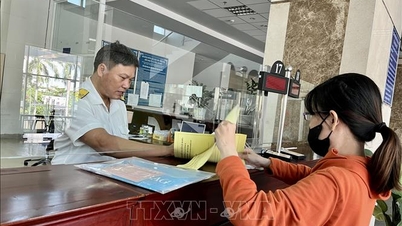
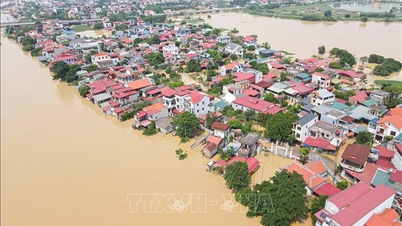
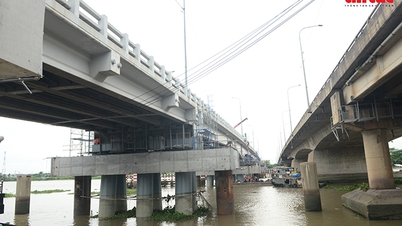

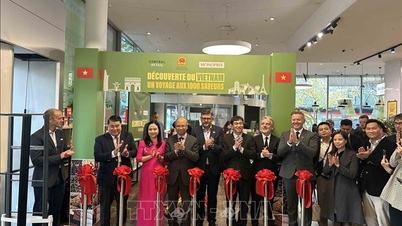
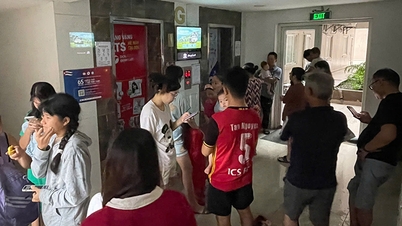

![[Photo] General Secretary attends the parade to celebrate the 80th anniversary of the founding of the Korean Workers' Party](https://vphoto.vietnam.vn/thumb/1200x675/vietnam/resource/IMAGE/2025/10/11/1760150039564_vna-potal-tong-bi-thu-du-le-duyet-binh-ky-niem-80-nam-thanh-lap-dang-lao-dong-trieu-tien-8331994-jpg.webp)





























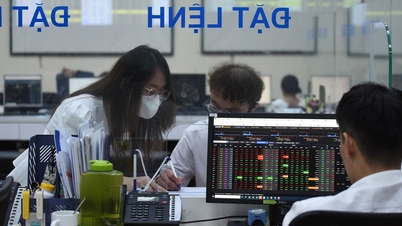
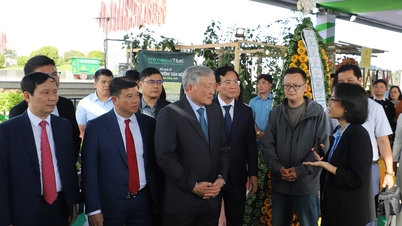
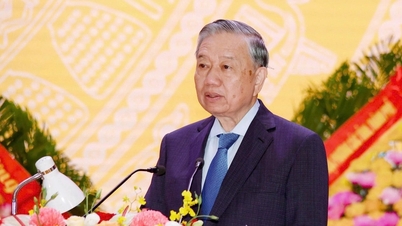

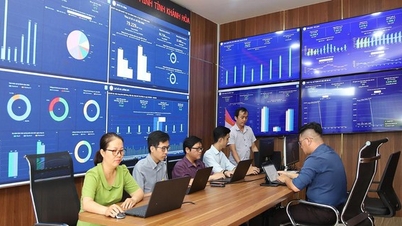

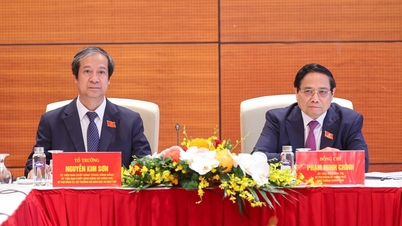


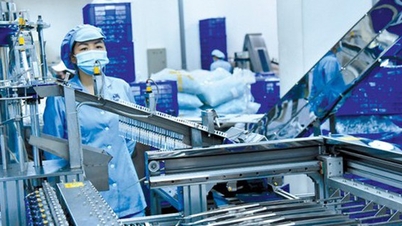
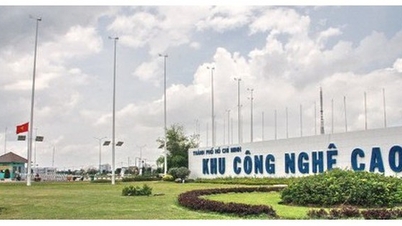



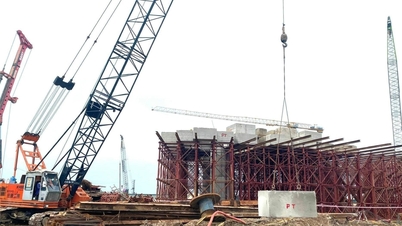

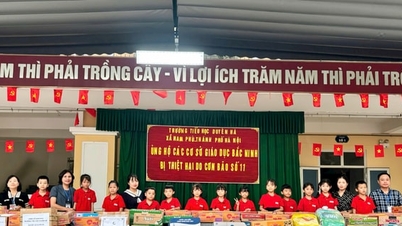





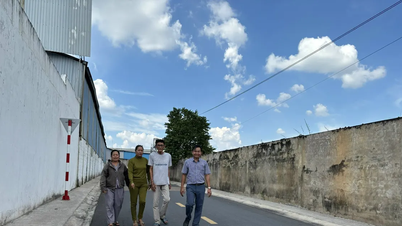










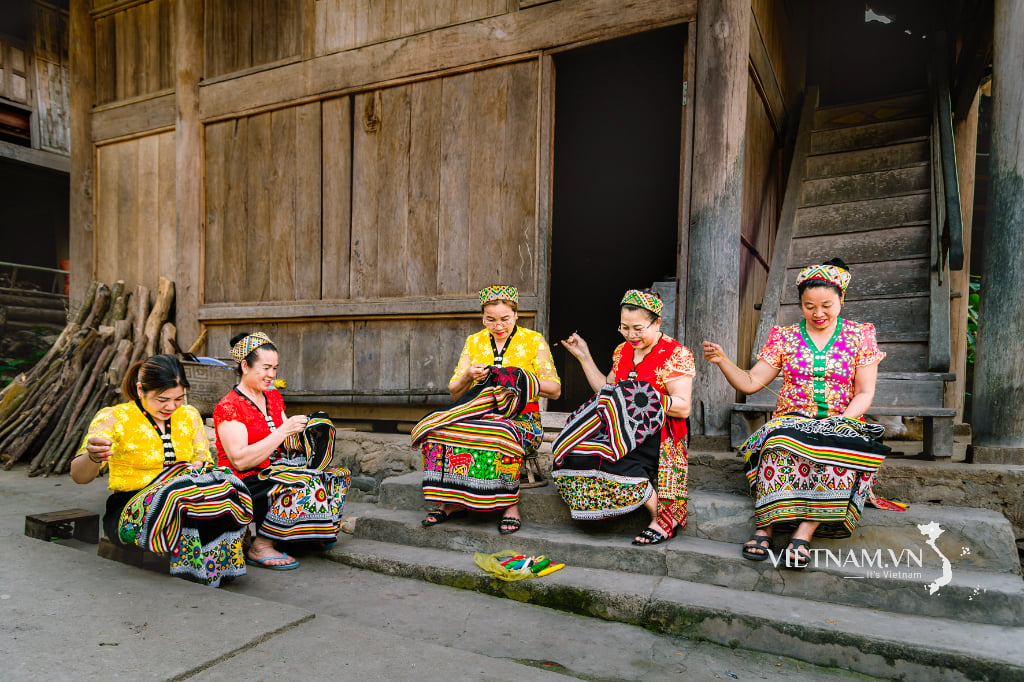
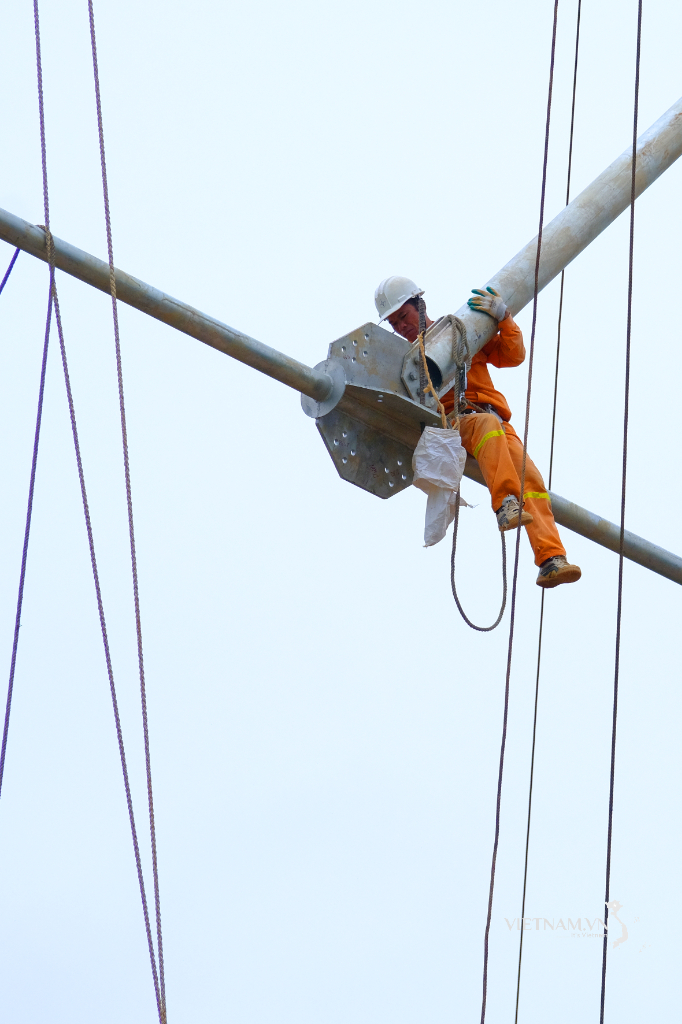


Comment (0)